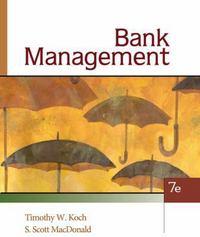Question
You run The Seattle Great Wheel. For any given year you will have fixed cost of $10,000 plus an average variable cost of $20 per
You run The Seattle Great Wheel. For any given year you will have fixed cost of $10,000 plus an average variable cost of $20 per ride (rides are the only thing you sell).
TC = $10,000 + 20Q , where Q is number of rides
You notice that you have two types of consumers: Seattleites who want to enjoy the downtown("Locals") and folkswho are visiting Seattle and want to take advantage of the existing attractions as much as possible("Tourists").
There are100 Localseach with the exact same demand curve for Ferris wheel rides: Qlocal = 200-2.5P
There are100 Tourists, all with an individual demand curve for rides: Qtourist = 400-5P
You decide to implement a two-part tariff: add an annual membership fee (entry fee) that everybody has to pay in order to access the pier and set a price for each ride (usage fee).
- Find the membership fee (T) and the price per ride (P) in order to maximize your profits, if you want only Tourists to come to the Seattle Great Wheel. What are your profits ()?
- Find the membership fee (T) and the price per ride (P) in order to maximize your profits, if you want both type of customers to come to the Seattle Great Wheel. What are your profits ()?
Step by Step Solution
There are 3 Steps involved in it
Step: 1

Get Instant Access to Expert-Tailored Solutions
See step-by-step solutions with expert insights and AI powered tools for academic success
Step: 2

Step: 3

Ace Your Homework with AI
Get the answers you need in no time with our AI-driven, step-by-step assistance
Get Started


